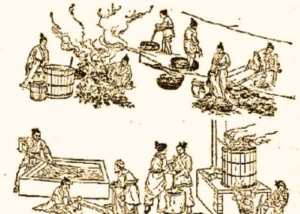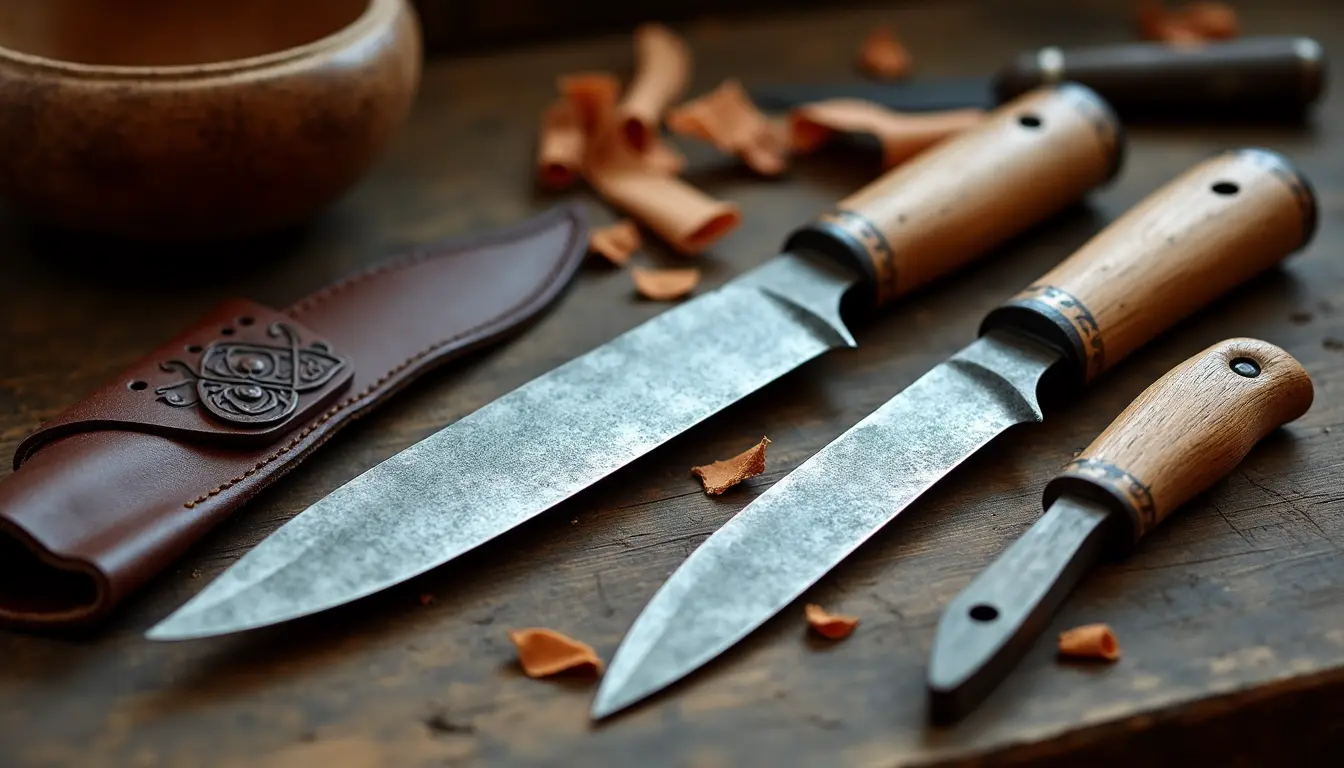

Exploring Ancient Chinese Inventions Beyond Western Imagination – Retro Timeline
The ancient Chinese civilization was a thriving society with numerous technological innovations that have had a lasting impact on our modern way of life. From paper-making to the compass, these inventions have shaped the course of history and continue to influence our world today. Despite the significance of these inventions, many remain unknown in the West, highlighting the importance of learning about ancient Chinese technology.
Understanding the inventions and technology of ancient China allows us to appreciate the ingenuity and creativity of past civilizations. It demonstrates that technological advancements were not limited to Western societies but were present in various parts of the world. For example, the invention of paper-making revolutionized communication and documentation systems, making information more accessible and affordable to everyone. This breakthrough, credited to Cai Lun during the Han dynasty, paved the way for the spread of knowledge and ideas.
Similarly, the compass, invented during the Han dynasty, transformed navigation and exploration. Originally used for divination and feng shui, the compass later became an essential tool for explorers venturing into uncharted waters. Its introduction to the West through Arab traders in the 12th century marked a significant milestone in global communication and trade.
The invention of gunpowder by Chinese alchemists in the Tang dynasty had a profound impact on warfare and technology. Initially used for entertainment purposes, gunpowder later revolutionized military tactics with the development of firearms and explosives. The spread of gunpowder technology to the Middle East and Europe in the 13th century reshaped the course of history and changed the nature of warfare forever.
Unique inventions like the porcelain pillow, popular during the Song dynasty, showcase the innovative practices of ancient Chinese society. These pillows not only provided comfort but also promoted healthy skin and prevented wrinkles. In contrast, the ancient Egyptians used stone pillows, highlighting the diversity of cultural practices around the world.
Exploring ancient Chinese inventions offers valuable insights into the evolution of technology and provides a diverse historical perspective. The introduction of movable type printing by Bi Sheng during the Song dynasty revolutionized the dissemination of information and paved the way for the printing press in Europe. Porcelain, known for its strength and beauty, was another Chinese invention that transformed the ceramics industry and spread to Europe in the 18th century.
The suspension bridge, invented in China around 600 BCE, revolutionized transportation by allowing bridges to span wide rivers and deep valleys. This technology, kept secret for centuries, eventually made its way to the West in the 19th century, leading to the construction of modern suspension bridges. The invention of the toothbrush during the Ming dynasty in the 17th century improved dental hygiene and became a widely accepted tool for oral care.
Acupuncture, a traditional Chinese medical practice dating back to 600 BCE, uses thin needles to stimulate healing and alleviate pain. Based on the concept of Qi energy flow, acupuncture was introduced to the West in the 17th century by Jesuit missionaries and gained popularity as an alternative form of medicine in the 20th century. Today, acupuncture is widely practiced around the world for various health conditions.
In conclusion, the ancient Chinese inventions discussed above highlight the rich history of technological innovation in China and its impact on global society. By learning about these inventions, we gain a deeper appreciation for the contributions of ancient civilizations and the interconnectedness of human progress.







